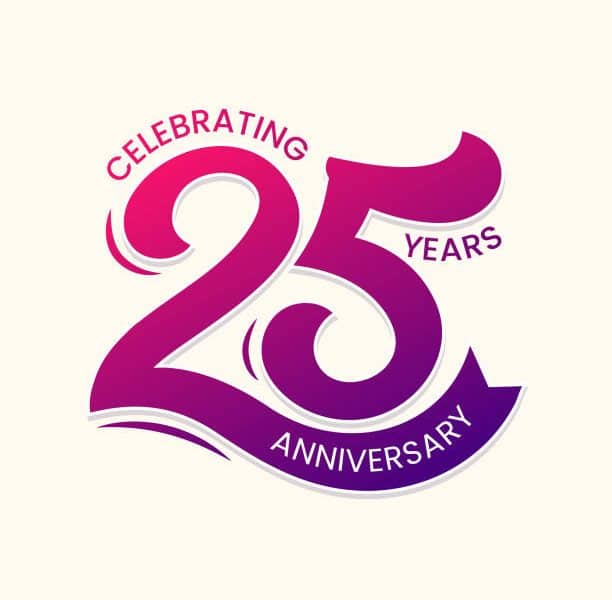
(WOMENSENEWS)–A woman invented Thanksgiving? How can that be? What about the Pilgrims? What about the Wampanoags? Didn’t they give us this holiday?
Well, yes and no. But mostly no.
The holiday we celebrate today is largely a product of 19th century Victorian ideals that celebrated the virtues of women, home and hearth.
As for that long-ago meeting of goodwill between the invading English settlers and native people, well, exactly what happened at Plymouth 400 years ago is a pretty speculative matter.
A measly two paragraphs of first-hand accounts describe a grieving band of about 50 Mayflower survivors (about half the original number) gathering for some sort of feast with 90 Native American men. The English did seem to want to give thanks for their first harvest after a horrendous year of death. But the occasion also served the English colonists’ diplomatic and strategic purpose of creating a peace treaty that would enable them to take Wampanoag land.
As far as the food went, the Indians brought most of it; five venison. We know the English women prepared cod and corn. They also cooked some kind of fowl; perhaps turkey but just as likely geese, pheasants, or ducks that once blackened the skies, as the English used to say. Certainly there wasn’t any pie, as the half-starved English did not have enough butter, flour or sugar. For fun, the Englishmen shot off their rifles.
So how did all these small shreds of documentation turn into a huge annual celebration of turkey, pumpkin pie, family love and gratitude (with the guys watching football on TV)?
A 17-Year Campaign
Enter Sarah Josepha Hale, the editor of Godey’s Lady’s Book, the biggest and most popular American magazine of the 19th century. As the reigning editor for decades, Hale was a powerhouse woman of letters who authored histories, a novel, best-selling cookbooks and was at the helm of the leading magazine of 19th century America. Her magazine–based in Philadelphia and distributed nationwide–set the trends for national taste in fashion, home decorating, cooking trends and women’s literature.
In Hale’s time, Thanksgiving was an erratic event declared by local jurisdictions and mainly one of "New England manners," or a tradition mainly recognized in the Northern states. From state to state, it was held according to the whims of reigning governors, sometimes in October or November, but also in December or January.
In 1846, she began advocating for a single national Thanksgiving holiday, an effort that would turn into a 17-year crusade.
Hale wanted all states to join together and celebrate on the same day. It was the culmination of her lifelong faith in the power of food, women and home to elevate the nation to a better place. Her ideal of Thanksgiving put the holiday squarely into the woman’s sphere–the kitchen and the parlor of the home, the circle of family life.
She was indeed what scholars now call a "domestic feminist." Far less celebrated than the suffragists, domestic feminists tend to make women’s historians uneasy. Like many of the home and hearth goddesses of the day, Hale championed female virtue, Christianity, good housekeeping skills and respectable causes such as early childhood development and above all women’s education. However, she did not believe in the women’s vote. Nor did she think women should work outside of the home unless they absolutely had to; as was her predicament, a widow with five children to support.
A Holiday to Mend the Nation
In her campaign for a national thanksgiving, Hale wrote with her own hand, hundreds of beseeching letters to governors, admonishing them to proclaim the last Thursday in November as Thanksgiving Day. From the editorial pulpit of Godey’s, she rallied her cause to thousands of readers with passionate words.
"Our busy, wealth seeking people require to have days of national festivity, when the fashion and the custom will call them to the feast of love and thanksgiving," she wrote in 1857.
A new holiday required more than just legislation, but also cultural traditions and beliefs. In the pages of Godey’s, Hale supplied them each fall, barraging her female readers with Thanksgiving recipes for turkeys and pumpkin pies along with heartrending stories of "old-fashioned" Thanksgivings, in which families triumphed over adversity to come together round the table. Turkey and pumpkin pie were beloved New England rural dishes.
From 1850 onward, Hale turned her attention to writing letters to each of the nation’s presidents and staff members, and some secretaries of state as well. As the Civil War drew nearer, she focused her arguments on the power of Thanksgiving to unify the North and South and possibly even to prevent war. She did this despite the express policy at Godey’s magazine that politics were off limits to "the fairest portion of creation" as publisher Louis Godey put it.
In September of 1863, two years into the war, Hale wrote a letter to President Lincoln, asking him to establish the national holiday. Perhaps she may have personally visited with him, on that the record is unclear.
In any case, shortly after Hale’s letter and amid the horrors of the Civil War, Lincoln proclaimed a national Thanksgiving Day on the last Thursday of November. He asked the nation to be grateful for the bounties of nature and to come together, North and South, for a single unifying moment.
And so, the holiday that Hale envisioned finally, after 17 years, became a ritual of U.S. life.
And though reconciliation between the North and South is no longer an issue, Thanksgiving continues to act as a unifying force, drawing our radically diverse population into a common shared ritual, and perhaps even helping to bond us together, as Hale had hoped.
Laura Schenone is the author of "A Thousand Years Over a Hot Stove: A History of American Women Told Through Food, Recipes, and Remembrances" (W.W. Norton, 2003).
For more information:
American Treasures of the Library of Congress includes one of Hale’s editorials and a holograph of her letter to Abraham Lincoln:
http://www.loc.gov/exhibits/treasures/trm125.html
19th Century American Women Writers Web:
http://www.unl.edu/legacy/19cwww/books/elibe/hale/halebio.htm
Laura Schenone: A Thousand Years Over a Hot Stove: A History of American Women Told Through Food, Recipes, and Remembrances:
http://www.lauraschenone.com/


